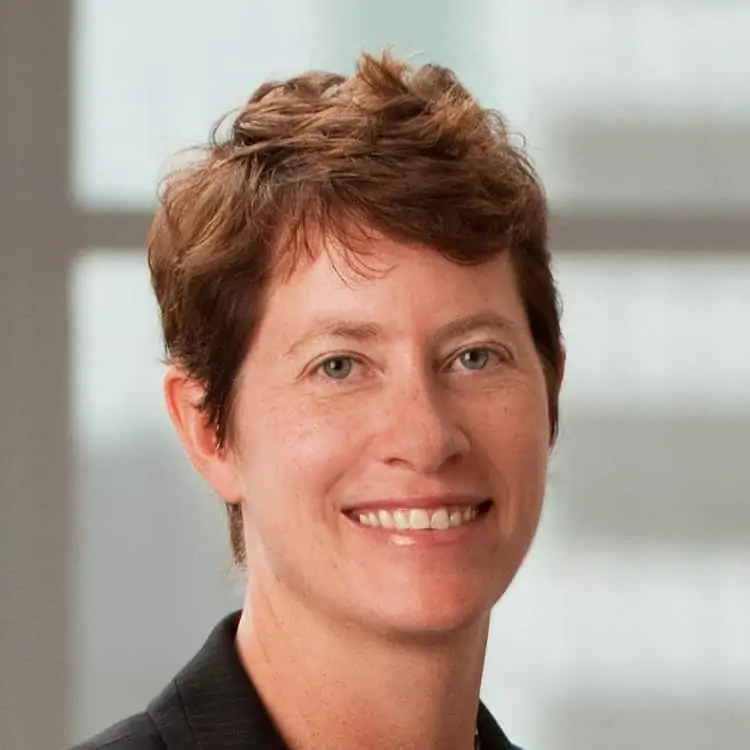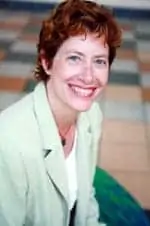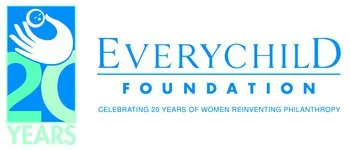
Advances in Research and Treatment in Autism (September 2008)
Two outstanding women who are dedicated to helping children with autism and their families spoke at the Everychild Foundation salon, “Advances in the Research and Treatment of Autism Spectrum Disorders”, on September 25th at the home of Everychild member and Salon Committee Chair, Amy Childress and her husband James.

Dr. Michele Kipke
Michele Kipke, PhD, is a professor in the Department of Pediatrics and Preventive Medicine at the USC Keck School of Medicine, Associate Director of the Saban Research Institute, and Director of Community, Health Outcomes, and Intervention Research (CHOIR) at Children’s Hospital Los Angeles. She was joined by Pat Grayson-DeJong, the mother of a son who is challenged with autism and an advocate for parents fighting for better programs in public school districts. She recently retired from the Los Angeles Unified School District where she was an autism specialist and administrator of autism programs.Dr. Kipke explained that Autism Spectrum Disorder is a very complex condition involving irregularities in the brain’s wiring circuitry. It is a spectrum disorder, meaning that disability can range from mild to very severe.
Some of the characteristics of autism include problems with the use language to communicate, sleep disorders, seizure disorders, food sensitivity, allergies, lack of fine motor skills, and difficulty with social interactions.
Because of the number of characteristics and the variability of these characteristics in terms of severity, determining the exact cause of the disorder, identifying treatments and finding a cure are all extremely challenging.
Experts agree that autism is on the rise and it is unclear why. Dr. Kipke cited a recent California study that found a 633% increase in autism diagnoses between 1987 and 2002. A portion of this increase can be explained by better use of diagnostic tools, but experts say that this alone is not the entire reason.
Dr. Kipke said that the cause of autism is still a puzzle to researchers in the field. It appears to be a “perfect storm” involving a number of factors. Certain genetic factors may be involved, the environment, or even exposure to a virus during pregnancy. Researchers are working on every angle in search of a solution to the puzzle.
The current focus for treatment of is early intervention. Because most of the brain’s development occurs between the ages of 3 and 5 years, the brain’s wiring can actually be corrected if problems are identified early. However, the big challenge is to find what treatment works for which patient and to help families gain access to the treatments and services they need.
Pat Grayson-DeJong showed the group a video produced by Autism Speaks and the New York Center for Autism. It gave a grim and heart-breaking view of the difficulties of raising a child with severe autism. Ms. Grayson-DeJong faced these difficulties herself when her son was diagnosed with autism more than 40 years ago. At that time, only speech therapy was available to children with autism. Schools were not equipped to handle children with special needs, and she was advised at one point to institutionalize her son. She refused and became a life-long advocate for both her son and other children with autism. Today, children with autism have many more services available to them, including accommodations and special classes in public schools.
However, there are still a tremendous number of needs that remain unmet. Families with autistic children face emotional and financial difficulties that can be extremely stressful. Ms. Grayson-DeJong cited the 80% divorce rate among couples with severely autistic children as one sad reminder of the toll this strain can take. Additionally, another heartbreaking fact is that there are very few support services for children on the autistic spectrum as they enter adolescence. The Everychild members present at the salon agreed that this might be an interesting area for our foundation to explore for a possible future grant.


